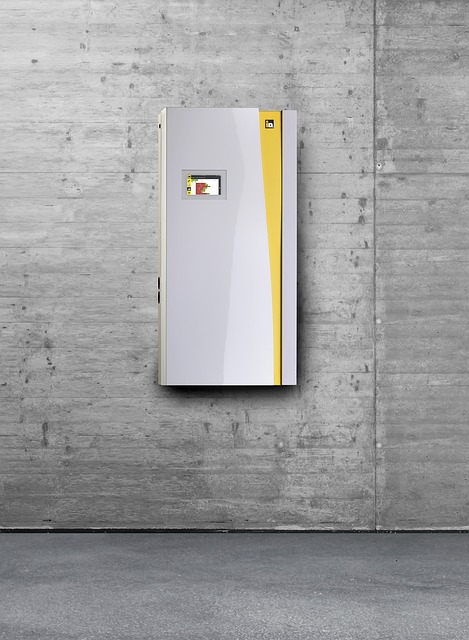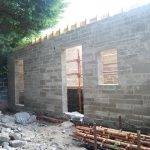What are your heating option if you’re renovating or extending your home in Ireland? Here’s a bird’s eye view.
Once your heat demand is known, you can decide what combination of heat source and heat emitter is right for each part of the house. Here are your options
Heat sources suitable for upgrades
Heat pumps are now commonplace in ROI new builds but can also be installed in existing homes, especially when upgrading insulation. They tick the building regulations boxes for low energy use and renewable input.
The technically minded are advised to check out the Building Research Establishment (BRE) heat pump comparison sheet here.
Heat pumps are more efficient at producing space heating than hot water. This is because space heating only requires a low temperature to work efficiently but hot water needs a much higher, usually 65degC, temperature to kill Legionella bacteria. The higher the temperature the lower the heat pump efficiency (less output units of heat produced for each input unit of electricity).
- Air to water heat pumps are the most common type; in all cases the most important aspect to consider is system sizing — the unit needs to be large enough to deal with the demand (how much you will need to keep the house warm) as calculated by your energy assessor. This needs to be calculated for your specific home.
- Solar thermal panels, which generate hot water only, can be added to complement other systems — including fossil-fuel boilers.
- Condensing boilers (oil or gas) can still be used in ROI if paired with renewable energy sources (such as solar PV) to comply with 2019 building regulations. In NI, they can still be used as standalone systems.
- Biomass which includes wood, remains a popular a fuel, for boilers, stoves or even masonry heaters. For existing homes there are grants available in both NI and ROI.
Matching heat emitters to your home
The heating system you choose will often influence the best type of heat emitter (how the heat is delivered into your rooms):
- Underfloor heating (UFH) is a good match for heat pumps, especially in rooms where you’re replacing floors or building new extensions. UFH runs efficiently at lower temperatures and is typically controlled by weather sensors and other heating controls.
- Aluminium radiators are another low-temperature option that works well with heat pumps.
- Steel radiators, which were the norm in the past, are more affordable and commonly used with traditional boilers. They deliver quick heat but also cool quickly when the heating turns off.
- Electric heating — such as spot radiators or underfloor electric mats (popular in bathrooms) — can be a practical, low-cost installation choice in homes with very low heating requirements or no central heating. While once expensive to run, they’re becoming more common in well-insulated retrofits.
- Air heating systems that distribute heat through ceiling or skirting board ducts are another option, particularly in modern open-plan renovations.
- Trench heaters, which sit flush with the floor, are often installed in front of large, glazed areas — ideal for extensions with floor-to-ceiling windows.








